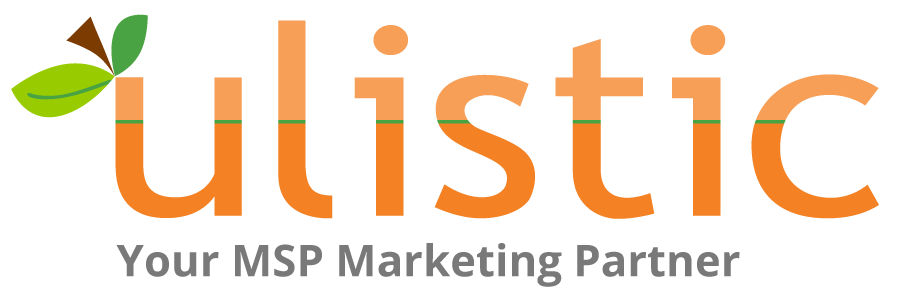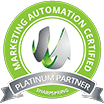Managed services provider companies need the right tools to automate processes, improve efficiency and serve their customers better. Professional services automation (PSA) solutions offer your MSP powerful capabilities for your company and your clients.
Knowing which type of PSA is right for your managed services business depends on your needs, timeline, budget and experiences. We recently sat down with several MSP business owners who have recently selected new PSA solutions to gain some insights into the selection process.
What Can a PSA Do for My MSP Company?
Professional services automation products are designed to help technology providers improve their processes and procedures, integrate with other applications and automate routine tasks. Among the most common features for a PSA solution are:
- Help-desk ticketing tracking and management,
- Remote management, monitoring and support
- Patch and update automation
- Data backup and synchronization management
- Customer management, including billing histories, inquiries, service requests and notes
- Service scheduling
- Project management
- Workflow and task automation
- Quoting and billing management
- Account management
- Time management
- Business intelligence for your MSP
Each PSA offers different services and bundles, so choosing the right solution means assessing strengths and weaknesses.
Why Should Our MSP Have a PSA?
Our recent discussion focused on two MSP leaders with recent experience with changing PSA solutions.
For Shane Kimbrel of Data Magic Computer Services of Dallas, there was a real need to improve the quality of services. The company switched to Autotask as their PSA. Immediately, the company saw a significant return on investment, generating $12,000 more in revenue per month due to services that had not been being billed correctly and missing payments.
For Aaron Fox of Buffalo Computer Help, the choice to switch to ConnectWise was rooted in their customer base. The company focuses mainly on small and medium-sized businesses and wanted more functionality around managing help-desk ticks and customer accounts.
"For us, it really came down to the automation piece from ConnectWise, which is a much better fit for our practices and our processes," Fox said.
What is the Decision Process for Choosing a PSA?
Kimbrel shared that they worked with a third-party company that helps with the selection of business software solutions. Data Magic's partner took the time to understand the company's business needs and showed executives the different options and advantages of each vendor and product while remaining impartial.
After selecting Autotask, Data Magic used their partner to help implement the new solution and maximize the investment. Data Magic implemented Autotask in three months.
For Fox' company, the needs were different and they made the decision internally. Buffalo Computer Help purchased a full suite of ConnectWise modules and took 5 months to go live with 85-90 percent of features integrated. About a month of that time was spent on training.
Can You Share Tips for PSA Deployment at an MSP?
"My best advice is, 'Be careful what you bite off at once," Fox said. Company leaders did not want to implement modules one at a time and prolong the process, so chose to do the conversion simultaneously. He now thinks a different implementation approach.
"Taking one big chunk and doing all the implementations at the same time was pretty hectic. We were lucky in that we did a lot of advanced planning and testing," he said. "But I think if you don't have the patience for a multi-month implementation or you don't have the staff to do it, then I think you need to take it on in small bites."
Data Magic had the option of going with an in-house or cloud-based implementation and chose the latter. However, Kimbrel found that a cloud solution means a loss of control in the planning of upgrades. The company usually likes to test new versions of a product internally before releasing it to customers. "The cloud-based implementation does not allow for that flexibility," Kimbrel said.
Should We Focus on Major or Niche PSA Providers?
Kimbrel noted that one of the advantages to choosing a PSA is the ability to integrate with third-party applications, especially office productivity and financial applications. Autotask automates many of those integrations as part of its core offerings.
"I didn't want to go down the path of trying to reinvent something or risk going with a startup," Kimbrel said. "I think this was a great choice for us."
How Do You Prepare Your Staff for a PSA Implementation?
Both Fox and Kimbrel emphasized using a third-party application to provide insights into how the tool is being used. While each solution has some of that capability, the third-party plugins provide more detail.
At Buffalo Computer Help, the team began meeting twice a week for implementation meetings. As ConnectWise went live, those meetings became weekly. Today, those meetings have morphed into a weekly management meeting where company leaders discuss issues with the product and how employees are using it.
Fox said that the company has been evaluating its own processes continually. In several instances, they've begun with a new process only to modify it shortly thereafter.
The key, he said, is daily auditing of the hundreds of tickets to see how processes such as ticket billing can be improved. The issues are discussed regularly with employees about common issues, all with a focus on serving customers better.
Professional services automation helps MSPs offer exceptional products and services to customers. With reliable systems in place, MSPs can market these tools to deepen their customer base, attract more leads and generate more revenue.
At Ulistic, we help managed services providers create compelling, value-added marketing plans that connect with customers and prospects. Learn how Ulistic helps with content creation, website design and SEO.
Grade your MSP website now at https://www.ulistic.com.



